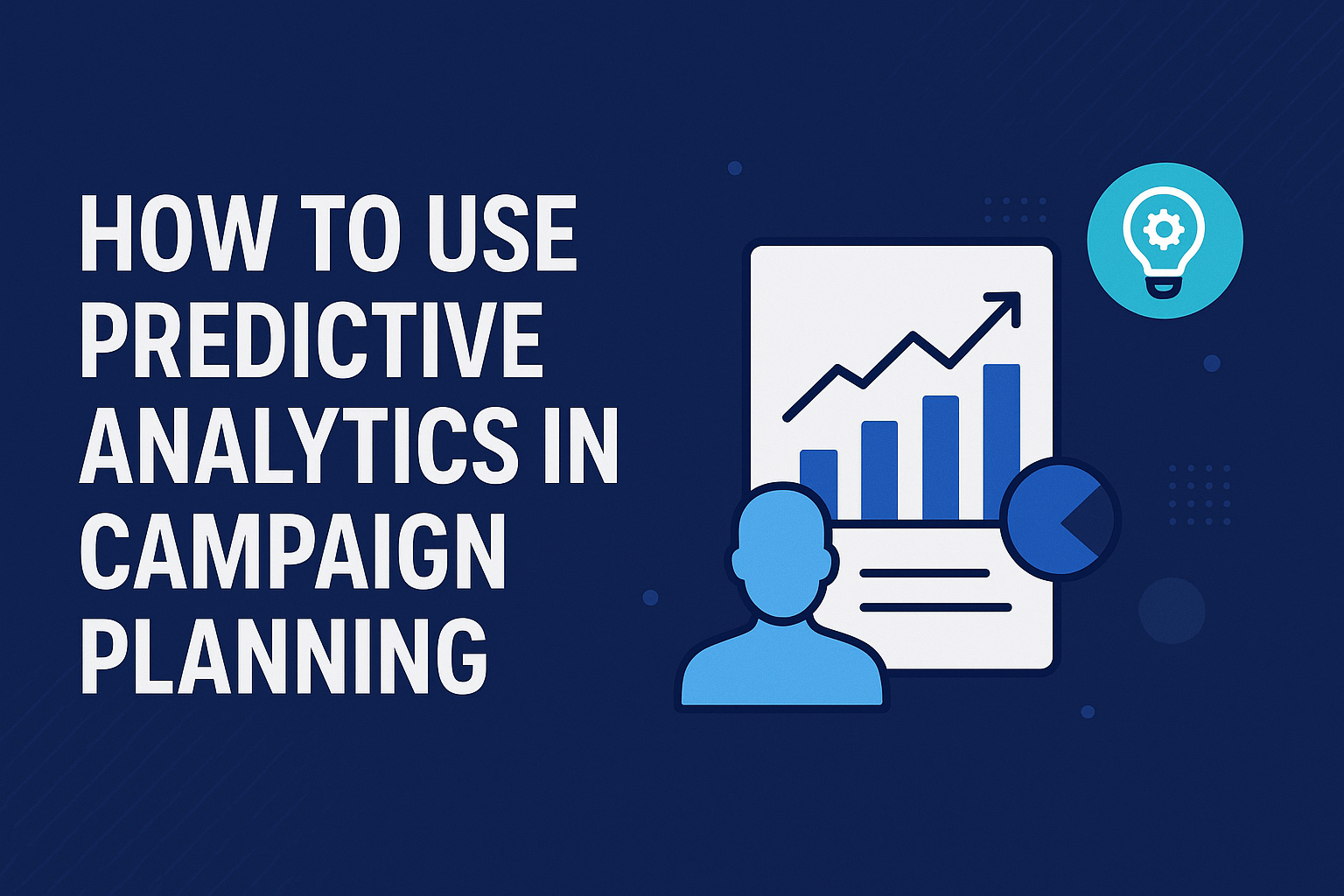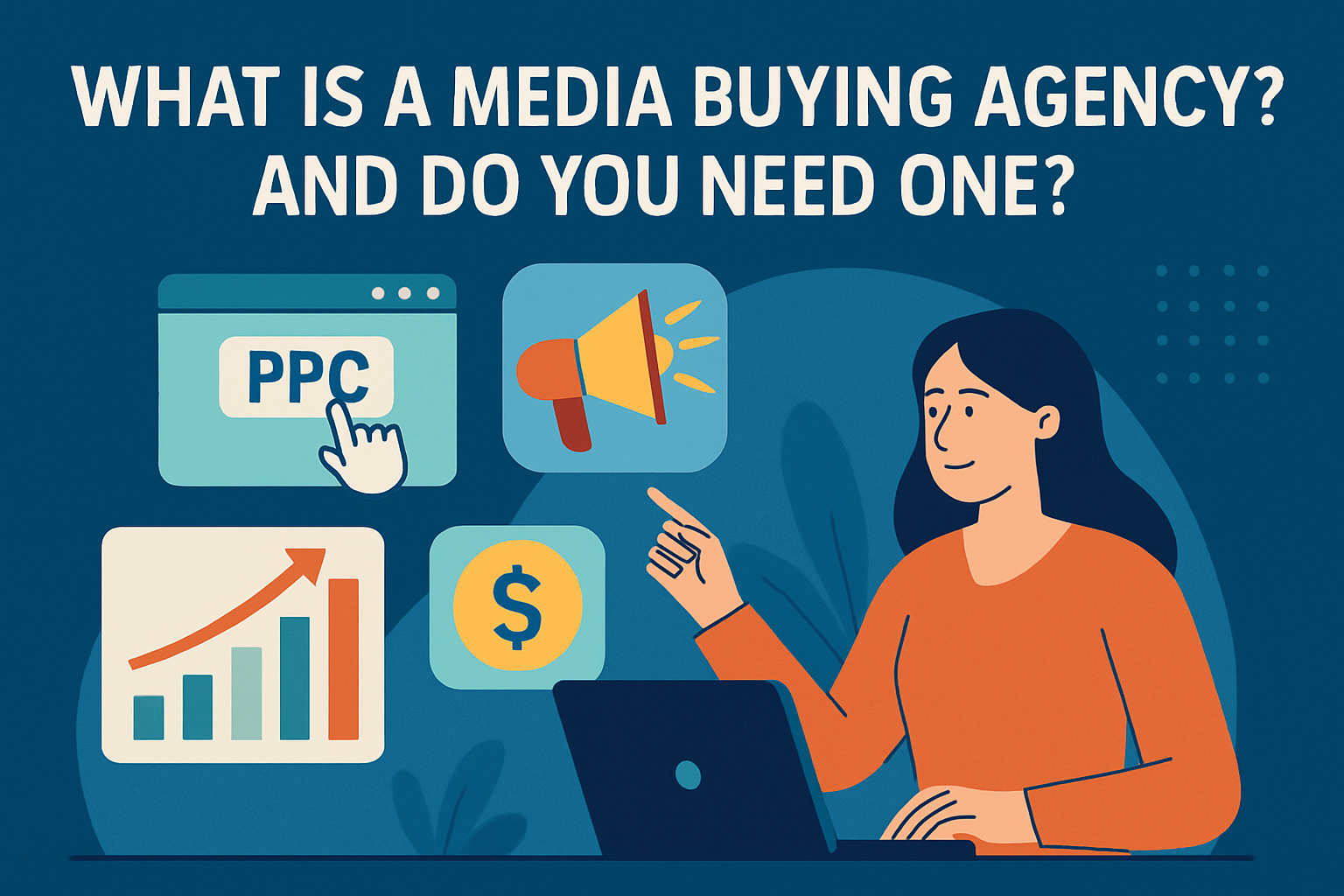
User-generated content (UGC) refers to any form of content—images, videos, reviews, testimonials, or social posts—created by users or customers rather than the brand itself.
In today’s digital landscape, UGC is not just a trend—it’s a strategic asset. Why? Because it builds trust, authenticity, and engagement like no polished ad campaign ever could. People trust people, and UGC taps directly into that psychology.
🚀 Why UGC Works in Social Media Marketing
1. Authenticity That Converts
UGC is raw, real, and unfiltered. It’s how potential customers see real people using your product or service in real life. And it performs:
- 79% of people say UGC highly impacts their purchase decisions.
- It boosts conversion rates by up to 4.5x compared to branded content.
2. Boosts Engagement
UGC invites interaction. When users create content for your brand, they’re not just engaging—they’re investing. These posts generate:
- Higher click-through rates
- More comments and shares
- Longer time spent on pages or platforms
3. Builds Community and Loyalty
Inviting users to share their experiences creates a sense of belonging. It transforms your audience from passive followers to active contributors, fostering long-term brand loyalty.
4. Cost-Effective Content Creation
UGC is free content. Instead of spending time and budget producing assets, you can curate user content that’s already proven to resonate with your audience.
5. Improves SEO and Social Proof
When users mention your brand, tag your page, or review your product, they create digital signals that boost visibility and credibility—essential for SEO and social media algorithms.
🔍 Real Examples of Successful UGC Campaigns
📸 GoPro
GoPro built its entire brand around UGC. They highlight user-shot videos, showcasing the power of their camera in real-world adventures.
🧼 Glossier
This beauty brand encourages customers to post real photos using its products. It has cultivated a community-first brand built on authenticity and empowerment.
🥤 Coca-Cola: Share a Coke
By customizing labels with names, Coke turned their product into a personal social experience—and users were more than happy to share pictures online.
🛠️ How to Encourage and Use UGC
1. Create a Branded Hashtag
Make it easy for users to share by giving them a simple, recognizable hashtag.
2. Host Contests or Challenges
Offer prizes for the best content submissions. It creates buzz while collecting high-quality UGC.
3. Engage and Share
Don’t just collect UGC—reshare it! Feature customer posts on your feed, stories, or website. Give credit and engage back to show appreciation.
4. Ask for Reviews and Testimonials
A simple request post-purchase can yield valuable content you can later repurpose across marketing channels.
5. Use UGC in Ads
UGC-powered ads perform better than polished creatives. They build credibility instantly with prospective customers.
💬 FAQs
1. Is UGC suitable for all businesses?
Yes, from B2C to B2B, UGC can be adapted. While product-based businesses find it easier, service brands can leverage testimonials, reviews, and case studies as UGC.
2. How do I legally use someone’s UGC?
Always ask for permission before reposting. Tools like TINT or Taggbox help with rights management for UGC.
3. What’s the best platform for UGC?
Instagram, TikTok, and YouTube are UGC powerhouses due to their visual-first nature. LinkedIn is also growing for professional UGC in B2B marketing.
4. What if someone posts negative content about my brand?
Don’t ignore it. Respond politely, address the issue transparently, and show willingness to resolve it. Often, how you handle criticism strengthens your brand image.
5. Can UGC replace branded content?
Not entirely. UGC should complement your branded efforts. The most effective strategy is a hybrid of both.
🧠 Final Thoughts
User-generated content isn’t just a tactic—it’s a modern-day trust signal. As consumers grow increasingly skeptical of traditional advertising, they turn to real people and real experiences to guide their decisions.



